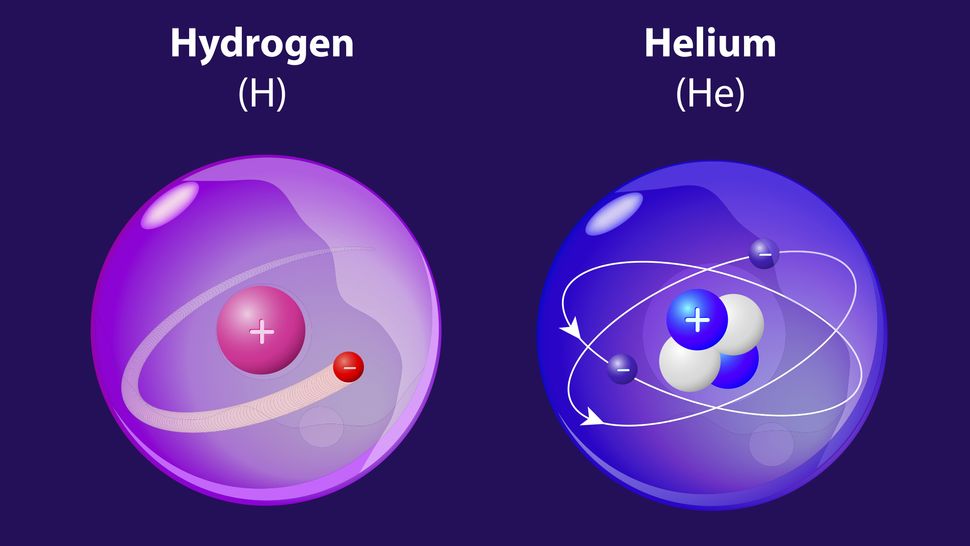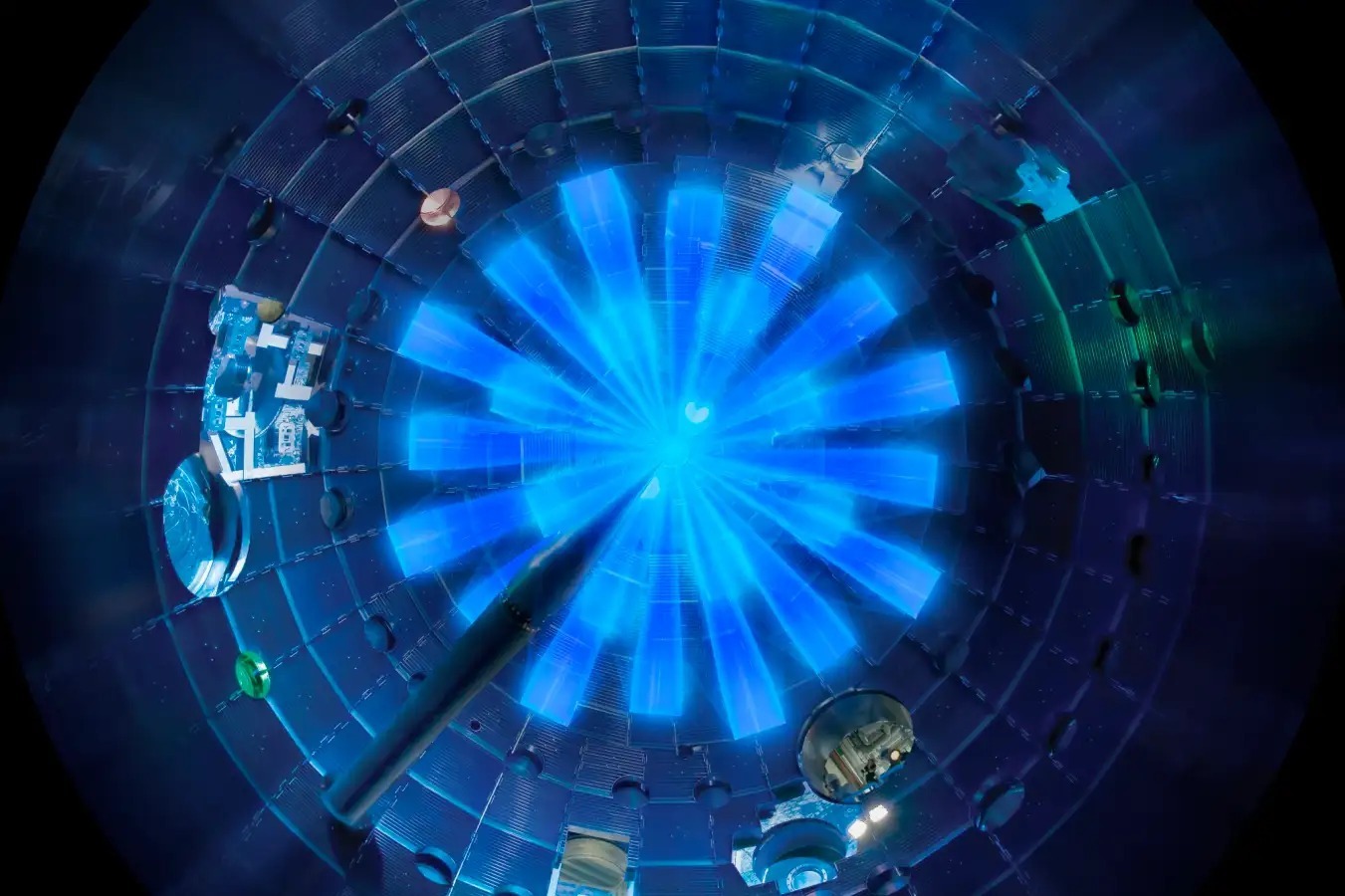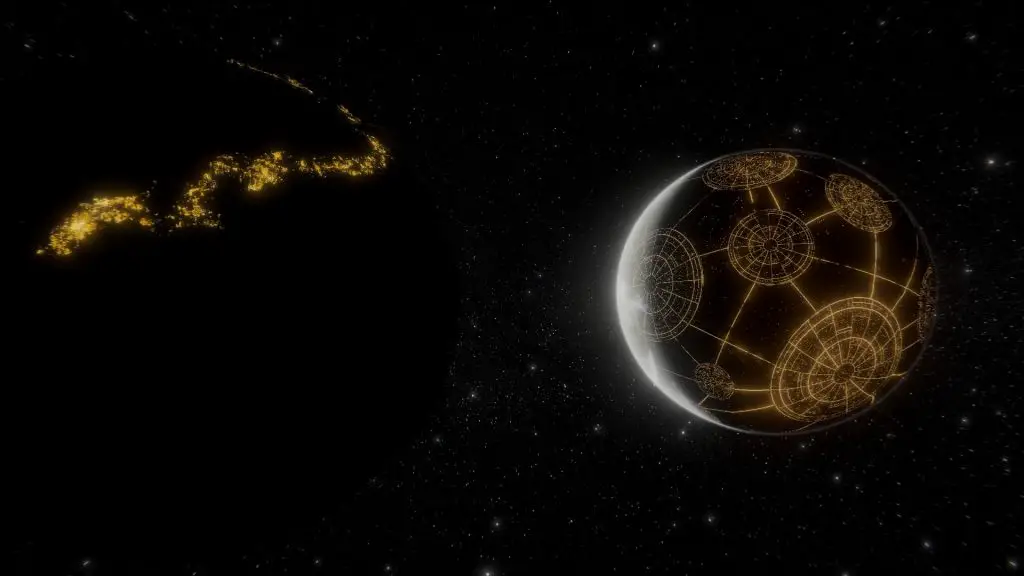Scientists achieved a record-breaking 10 quadrillion-watt energy burst using 192 giant lasers

Researchers at the Lawrence Livermore National Laboratory in California have achieved a groundbreaking result in nuclear fusion by generating an energy burst of more than 10 quadrillion watts. This was accomplished by using 192 giant lasers to target a tiny hydrogen pellet, releasing 1.3 megajoules of energy in a fraction of a second. The experiment, carried out at the National Ignition Facility (NIF), marks a significant step forward in fusion research and brings scientists closer to achieving “ignition,” where a fusion reaction generates more energy than it consumes.
Record-Breaking Energy Output
In this latest experiment, conducted at the NIF, researchers focused intense beams of light from the world’s largest lasers onto a pea-sized pellet of hydrogen. The lasers delivered an immense amount of energy to the pellet, causing it to emit 1.3 megajoules of energy in just 100 trillionths of a second. This amount of energy is equivalent to about 10% of the sunlight that hits Earth at any moment and is significantly higher than the previous record of 170 kilojoules.
Although the hydrogen pellet absorbed more energy from the lasers than it released, the experiment produced approximately 70% of the energy absorbed, a dramatic improvement over past efforts. Scientists hope to eventually reach the break-even point, where the fusion reaction releases 100% or more of the energy it absorbs.
The success of this experiment not only advances nuclear fusion research but also enhances the lab’s ability to study nuclear fusion weapons, the NIF’s primary mission. Additionally, the results are a promising step toward potentially using fusion as a sustainable energy source on Earth.
Fusion Power Potential

Nuclear fusion, the process that powers stars like the Sun, occurs when lighter atomic nuclei, such as hydrogen, are combined to form heavier elements, releasing vast amounts of energy. Unlike current nuclear power plants, which rely on nuclear fission (splitting heavier elements), fusion promises to be a cleaner and safer source of energy with no long-lasting radioactive waste.
While fusion has been challenging to replicate on Earth, researchers have spent decades developing methods to sustain fusion reactions. Most efforts, like the ITER project in France, use a device called a tokamak to contain superheated plasma within magnetic fields. However, the laser fusion method used by the NIF offers a different approach, focusing intense laser beams on hydrogen fuel pellets to achieve fusion.
Despite the record-breaking success, the NIF setup is not suitable for commercial energy production because its lasers can only fire once a day. A commercial fusion power plant would need to vaporize multiple fuel pellets every second. However, efforts are underway to adapt this process for commercial use. Scientists at the SLAC National Accelerator Laboratory are working on a lower-powered laser system that could fire much more rapidly, potentially paving the way for laser-based fusion power plants.
Future of Fusion Energy
Although there are challenges ahead, many scientists are optimistic about the future of nuclear fusion. Physicists like Siegfried Glenzer from SLAC believe fusion energy could play a crucial role in reducing carbon emissions and replacing fossil fuels. Others, such as retired physicist Stephen Bodner, acknowledge that while the NIF system has limitations, the latest results demonstrate the potential of laser fusion.

As research continues, the United States may move forward with a major laser fusion energy program, bringing us closer to achieving a clean and virtually limitless energy source.

